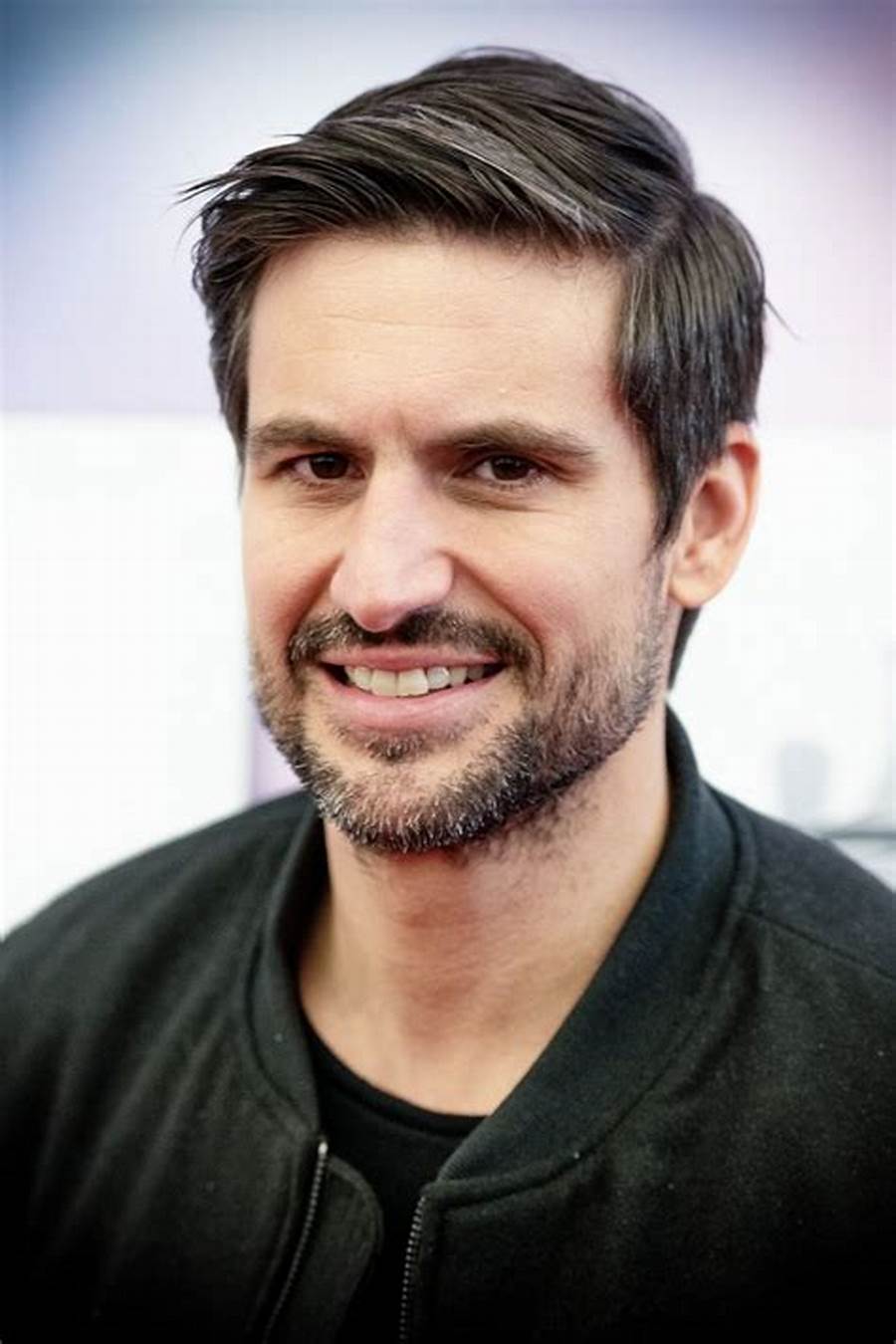Are you still hanging in there? Good, because this isn’t starting to get complicated yet. After the death of Emperor Constantine, the name Constantinople came into use, but in fact Roma Nova was the official name of the city until 1930.
We jump back in time again. During the Viking Age, Norwegian Vikings also traveled to visit Istanbul, or Miklagard as they called the city. If so, there’s another name there. On the Wikipedia page about Miklagard it says:
Miklagarðr is the Norse name for the city
Byzantium, then Constantinople (now Istanbul
in Türkiye). Another name for this city is Kostantiniyye
and Stampul.
The name Miklagard comes from the word Mikla which is a conjugation of the word Big, meaning big. In other words, Miklagard means, big city.
But back to the Ottoman Empire. Constantinople’s decline began after the Fourth Crusade, when the city was sacked and ravaged. In 1453, after an eight-week siege, Sultan Mehmet II finally succeeded the Conqueror to conquer Constantinople and declare the city the capital of the Ottoman Empire. A few hours later, the sultan went to the Hagia Sofia, a magnificent cathedral, the largest in the world for more than a thousand years, and summoned an imam to pronounce the Islamic creed, thus turning the great cathedral into an imperial mosque.
The city is now the capital of the Ottoman Empire, and has three names, among which Istanbul is now starting to gain a foothold. This name comes from Greek and translates as in the city.
Capital status lost
As you know, Istanbul will at some point lose its status as the capital. Türkiye is a relatively young country, but with an ancient history. The Republic of Turkey was formed after a series of wars, including the First World War in the early 20th century.
The First World War led to the British, French and Italian occupation of Istanbul, and the last Ottoman sultan was exiled in November 1922. The following year, the occupation ended, and Turkey was recognized as its own republic.
In the early years, Istanbul was ignored in favor of Ankara as the capital of Turkey. This was done to distance itself from the Ottoman history of the country. However, the city experienced rapid development and consumed the surrounding forests and villages. Istanbul today is the real Miklagard. Big city.
On borders and natural disasters
As mentioned, this city is partly in Asia and partly in Europe. It was not until the 19th century that bridges were built across the Bosphorus and the Golden Horn, and the city was connected to the European railway network in 1880. Today, the city stretches across two continents.
The city’s location on both sides of the Bosphorus Strait has been a strategic success throughout history, but it has also brought with it many uncertainties and dangers. Istanbul is located near the boundary between the African and Eurasian continental plates.

“Hardcore zombie fan. Incurable internet advocate. Subtly charming problem solver. Freelance twitter ninja.”






